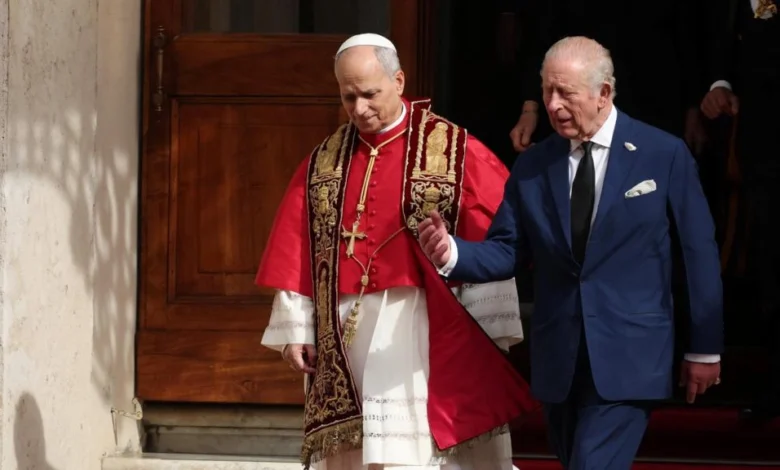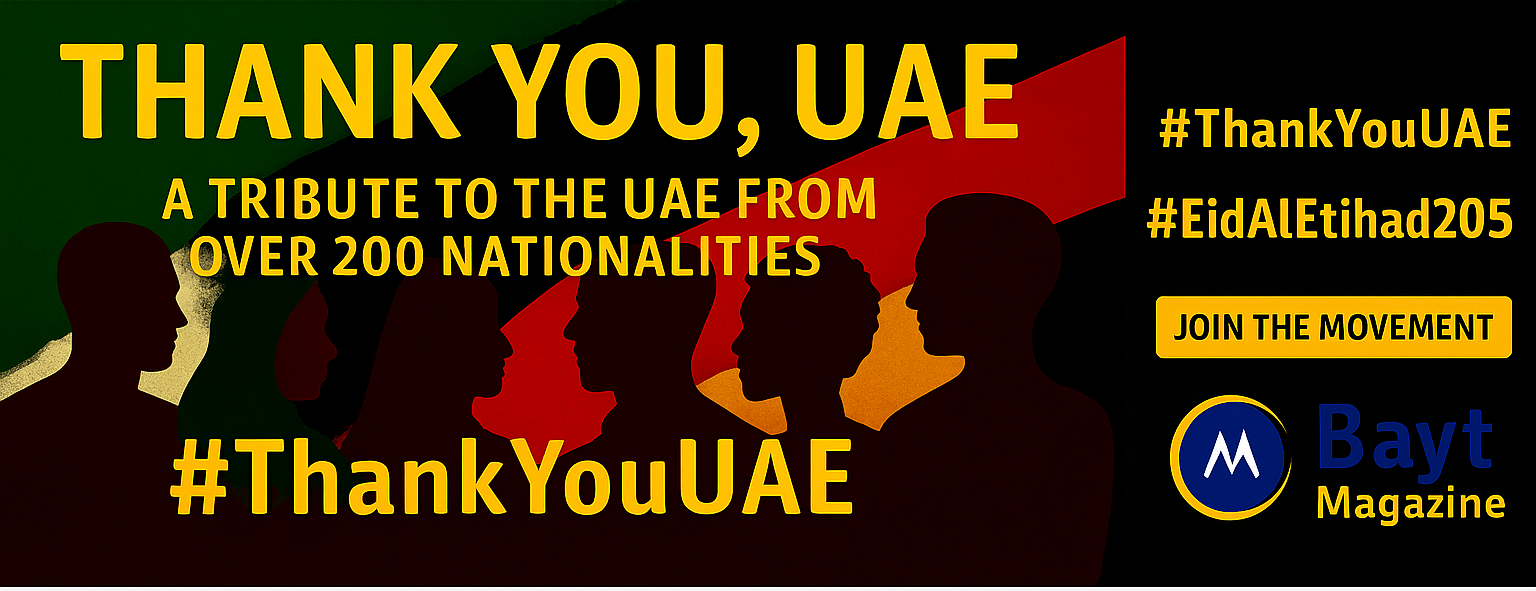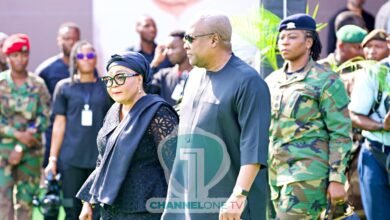
King Charles Makes Historic Vatican Visit, Prays With Pope
King Charles III made history at the Vatican by becoming the first British monarch to pray publicly with a pope in 500 years. The King and Pope Leo prayed together in the Sistine Chapel during his state visit. This marked the first time an English monarch and a Catholic pontiff worshiped together since King Henry VIII’s break from Rome in 1534. The moment stands as one of the most important milestones that helps bridge the divide between the British monarchy and the papacy.
The prayer service centered on protecting creation, which reflected both King Charles III’s lifelong environmental passion and Pope Leo’s early focus in his role as pontiff. This meeting holds deep symbolic meaning for Anglican and Catholic churches alike. In fact, this powerful moment in the Sistine Chapel’s extraordinary setting helps heal historical wounds. Both churches see this as a crucial step toward mending the religious split that began almost five centuries ago with the Anglican church’s separation from Catholicism.
King Charles prays with Pope Leo in Sistine Chapel
A historic prayer service took place under Michelangelo’s breathtaking frescoes in the Vatican’s Sistine Chapel on October 23, 2025. King Charles and Queen Camilla sat on golden thrones near the altar as Latin chants and English prayers filled the sacred space. This moment marked an extraordinary milestone – the first time in roughly 500 years that a reigning English monarch joined a pontiff in public prayer.
Pope Leo XIV and Archbishop of York Stephen Cottrell led the ecumenical prayers together. The service showcased a beautiful blend of musical traditions. The Sistine Chapel Choir performed with two prestigious British ensembles: Windsor Castle’s Choir of St. George’s Chapel and St. James’s Palace’s Children’s Choir of His Majesty’s Chapel Royal.
The congregation experienced a moving moment when Pope Leo offered this prayer: “God our Father, you have created the heavens and earth and made us in your own image: teach us to see your hand in all your works and your likeness in all your children. Through Christ our Lord”. The royal couple joined others in responding “Amen”.
Thomas Tallis’s 16th century English anthem “If Ye Love Me” held special significance during the service. Tallis composed this piece during the tumultuous religious conflicts that created the Anglican-Catholic divide. The service concluded with prayers focused on conservation and environmental protection, reflecting the King’s steadfast dedication to these causes.
Charles and Pope exchange symbolic titles at Vatican
Image Source: Reuters
The British monarch and pontiff formalized their deepening commitment through an exchange of symbolic titles after their historic prayer service.
The King received the title of “Royal Confrater of Saint Paul” during a ceremony at the Basilica of Saint Paul Outside the Walls, one of Catholicism’s most venerated churches. Archbishop Flavio Pace described this designation, approved by Pope Leo XIV, as a gesture of “hospitality and ecumenical welcome”.
The basilica’s apse now features a specially designed wooden chair with the King’s coat of arms. Charles and future British monarchs will have permanent access to this seat, which bears the Latin inscription “Ut unum sint” (‘That they may be one’).
Buckingham Palace responded with two British honors for Pope Leo. The Pope became the “Papal Confrater” of St. George’s Chapel at Windsor Castle and received the Knight Grand Cross of the Order of the Bath.
These honorary exchanges demonstrate both Churches’ commitment to building a shared future, according to Bishop Anthony Ball, the official Anglican representative to the Vatican. The title carries no formal duties for the King but recognizes his decades of work to encourage interfaith harmony.
Visit highlights deepening Anglican-Catholic ties
Image Source: Charisma Magazine
King Charles and Pope Leo’s historic meeting highlights the improving relationship between the Anglican Communion and the Roman Catholic Church over several decades. Their churches shared a troubled past with conflicts spanning centuries, starting in 1534 when King Henry VIII broke away from papal authority and created the Church of England.
The Second Vatican Council (1962-1965) marked a turning point by recognizing Anglicans as having “a special place” among churches separated from Rome. Archbishop Michael Ramsey made history in 1966 with his visit to Pope Paul VI – the first time since the Reformation that an archbishop of Canterbury officially visited the Vatican.
The Anglican-Roman Catholic International Commission, now 53 years old, emerged in 1970 and produced several agreed statements on theological matters. The International Anglican-Roman Catholic Commission for Unity and Mission started in 2001 to put practical cooperation into action.
Both churches still differ on papal authority, women’s ordination, and certain moral teachings. Yet they continue to unite in prayer, action, and shared witness.
This Vatican visit represents another milestone in their path toward unity. Anglican Bishop Anthony Ball reflected on the exchange of titles and said these gestures “show the commitment that both of our Churches have to working for a shared future” in Christ’s mission of reconciliation.
King Charles III’s Vatican visit marks a turning point in British monarchy’s relationship with the Catholic Church. A deep rift started when King Henry VIII broke away from Rome in 1534. This created centuries of tension between the two institutions. King Charles III and Pope Leo XIV showed through their joint worship that reconciliation can surpass historical differences.
The prayer service under Michelangelo’s masterpieces was way beyond a ceremonial meeting. It represented a deep spiritual connection between two faith traditions that politics and theology had kept apart. The exchange of meaningful titles brought them closer – the King became “Royal Confrater of Saint Paul” while the Pope became “Papal Confrater” of St. George’s Chapel. These titles show mutual recognition between these most important Christian leaders.
This historic meeting heals wounds that existed for centuries. A permanent chair with the King’s coat of arms now stands in the Basilica of Saint Paul Outside the Walls. This chair is evidence of a new partnership. The Latin inscription “Ut unum sint” (‘That they may be one’) captures this moment’s spirit perfectly.
Their environmental prayers showed they share modern concerns beyond religious differences. Charles and Pope Leo proved their churches can work together on issues like protecting creation, even with some doctrinal disagreements. Future generations will see this meeting as a key step in bringing Anglicans and Catholics closer – a relationship that keeps growing after nearly 500 years apart.




